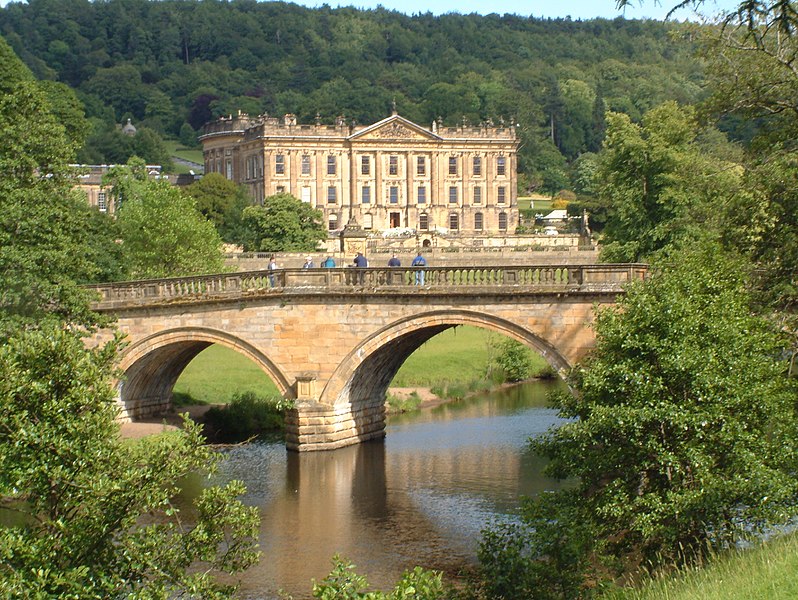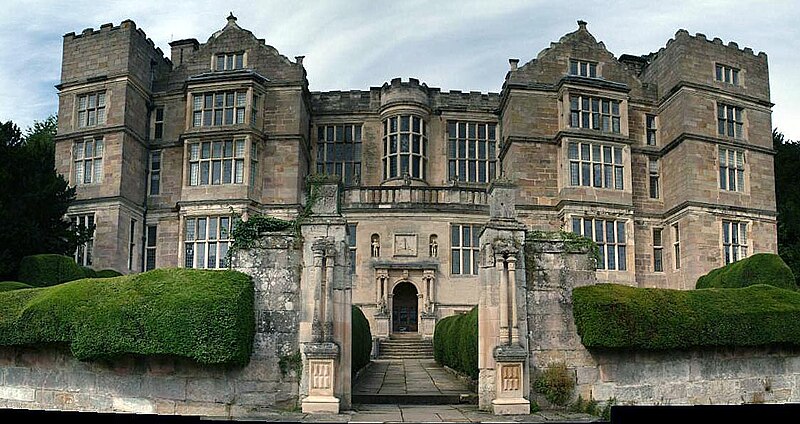Christmas is always something of a desert
for viewers searching for a touch of class on TV. However, Christmas 2013 provided a treat for
Jane Austen fans in the form of Death Comes To Pemberley. The 3-parter, based on a script by P D James,
ventures into a world beyond Pride and Prejudice in which Mr Darcy and
Elizabeth Bennett are blissfully married with children and living in a
sumptuous house and estate. However,
their gilded existence is shattered by a tragedy involving the death of one of
their circle. Trevor Eve plays the
sinister magistrate Sir Selwyn Hardcastle, who is called in to investigate the
death.
The undisputed star of the show is the
magnificent Chatsworth House and Estate in Derbyshire, dating back to the 16th
century and Bess of Hardwick, one of the most powerful women in Elizabethan
England. Nestling in the heart of the
beautiful Peak District, the house is currently home to the Duke and Duchess of
Devonshire and is open to visitors, with 30
rooms on display. As well as the rooms
there are a significant number of works of art available to view including Old
Masters, artefacts from Ancient Egypt and modern sculptures. Outside the house, visitors can explore 105
acres of garden with highlights including a number of water features, most notably
the 300 year old Cascade and the gravity fed Emperor fountain. There are five miles of walks available for
visitors wanting to stretch their legs.
 | |
| Chatsworth Bridge. Photo by Rob Bendall, via Wikimedia Commons. |
The opening scene of Death Comes To Pemberley
has two maids from the House venturing into the woods above the estate. One of them takes fright, having witnessed
something spooky, and the pair run back to the House. The Pemberley Woods scenes used in this opening sequence were filmed at
Hardcastle Crags, a beauty spot in the South Pennines
run by the National Trust. There are
footpaths galore available to visitors wanting to explore the waterfalls,
streams and stacks of millstone grit.
The centrepiece of the site is Gibson Mill, which is used as a Visitor
Centre. Entomologists may be interested to know that the area is home to the
scary-sounding northern hairy wood ant.
Sir Selwyn Hardcastle occupies a property
not quite in the league of Pemberley/Chatsworth, but quite impressive
nonetheless. The role of his house is
played by Fountains Hall near Ripon in North Yorkshire,
another National Trust property. This
elegant mansion was built by Sir Stephen Proctor in the late 16th/early 17th
century and it lies within the Studley Royal Park World Heritage Site, which
includes the ruins of Fountains Abbey. The
hall was commandeered during World War II to house evacuees. It is also a hotspot for ghost sightings,
with phenomena including the sound of rehearsing musicians and a "shining
golden lady". There are holiday
flats available on site to those wanting to immerse themselves in these
inspiring surroundings.
 | |
| Fountains hall. Photo by Adamjennison111, via Wikimediacommons. |
No comments:
Post a Comment